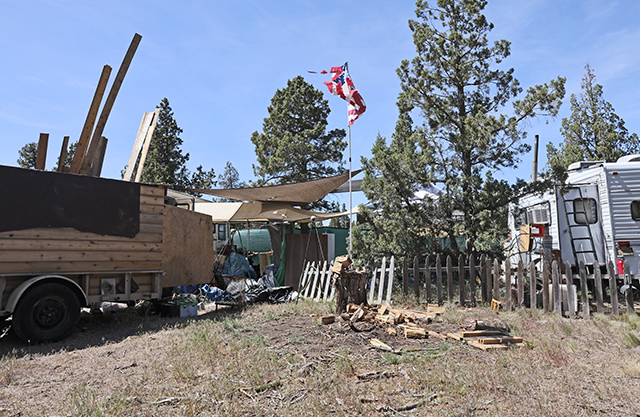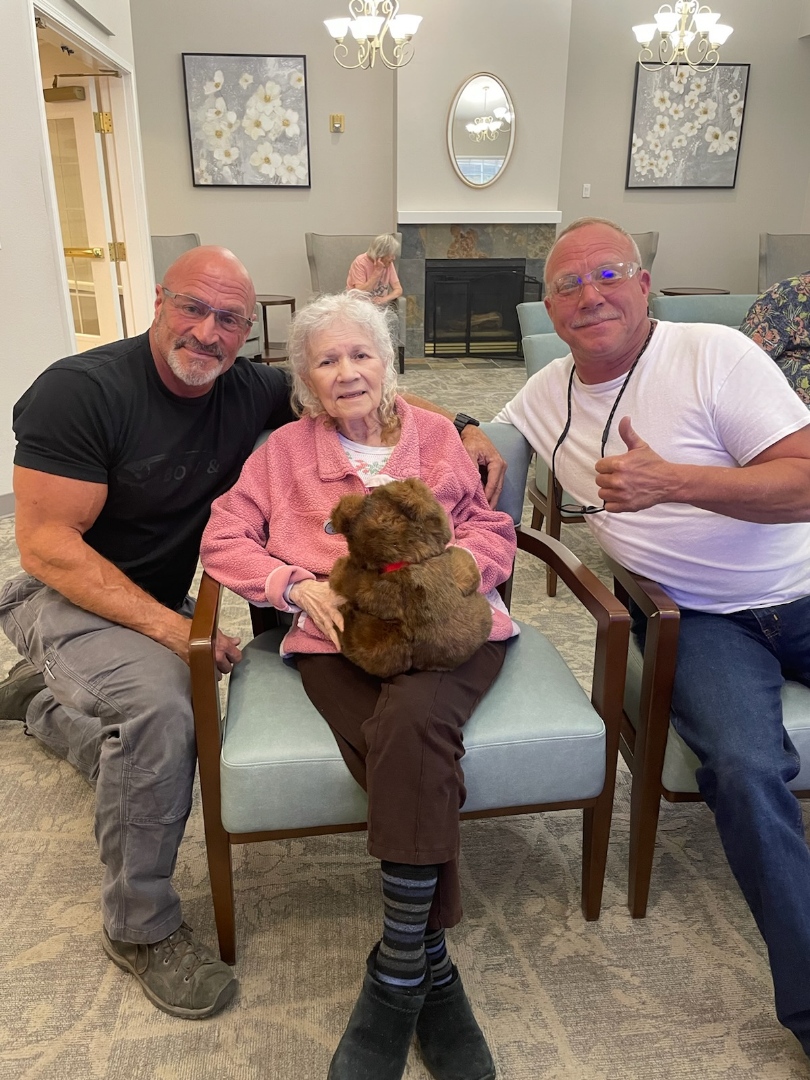‘The Gallows’ gets trapped in a gimmick
Published 12:00 am Friday, July 10, 2015
The bar for modern horror has been set so low that by now any movie better than terrible seems worthy of praise. Such is the case of “The Gallows,” a movie that has two good ideas. It needed three.
Its two good ideas have to do with its location and its method of filming. Most of it takes place in a high school at night, where, in true horror movie fashion, an escalating series of really bad things happen to some really young people. And the footage that we see is what the hapless students supposedly recorded themselves. Thus, everything that we see looks raw — kind of like “The Blair Witch Project.” Or in this case, “The Blair Drama Class Project.”
In a pre-credits sequence, set in 1993, we are shown the performance of a school play, as recorded on a clunky VHS-based movie camera. The play within the movie is also called “The Gallows,” and all is going well, until the climactic scene, when a platform accidentally gives way at precisely the wrong moment. It’s the wrong moment because the kid standing on it happens to have a noose around his neck. Uh-oh.
Flash forward some 20 years later. For some reason, this same school is presenting a new production of “The Gallows” — I suppose because the first one went so well. The day before the show is about to premiere, three students sneak in to vandalize the set. They are surprised by a fourth student, and soon they’re all locked in and can’t get out.
In the first section of “The Gallows,” the movie is galvanized by the character of Ryan (Ryan Shoos), who is holding the camera and seems super-charged with malevolence. An irredeemably rotten and highly energized personality, he is the film’s most interesting creation, a spirit of spite and menace. Unfortunately, having created him, writer-directors Travis Cluff and Chris Lofing don’t quite know how to make use of him.
About midway into this relatively short film, the gimmick of telling the story through amateur footage begins to grow stale. As a strategy for inducing fear, it starts to wear off, and its benefits become outweighed by its frustrations, a big one being that the action becomes very hard to follow. Right around the same time, the movie’s other good idea — filming everything in one location — starts to wear thin, as well. A certain sameness to the scenes kicks in, so that, even though the movie is only 80 minutes long, it wears out its welcome.
This is precisely where a third idea would have come in handy, something to get the action out of the high school, something to seamlessly allow a change in filming method.
It’s the only bad thing about good ideas: If filmmakers stick with one too long they risk putting themselves in a prison of their own making — and cut themselves off from the next good idea, which might have set them free. In “The Gallows,” the filmmakers needed to set themselves free even more than the characters, but they never find the path out. They probably never realized they were trapped.
— Mick LaSalle is a movie critic for The San Francisco Chronicle’s.






